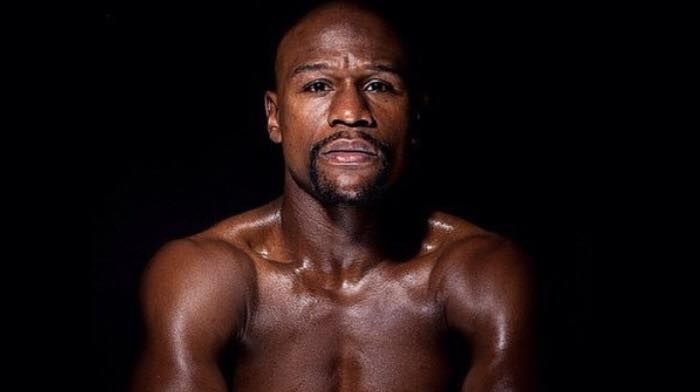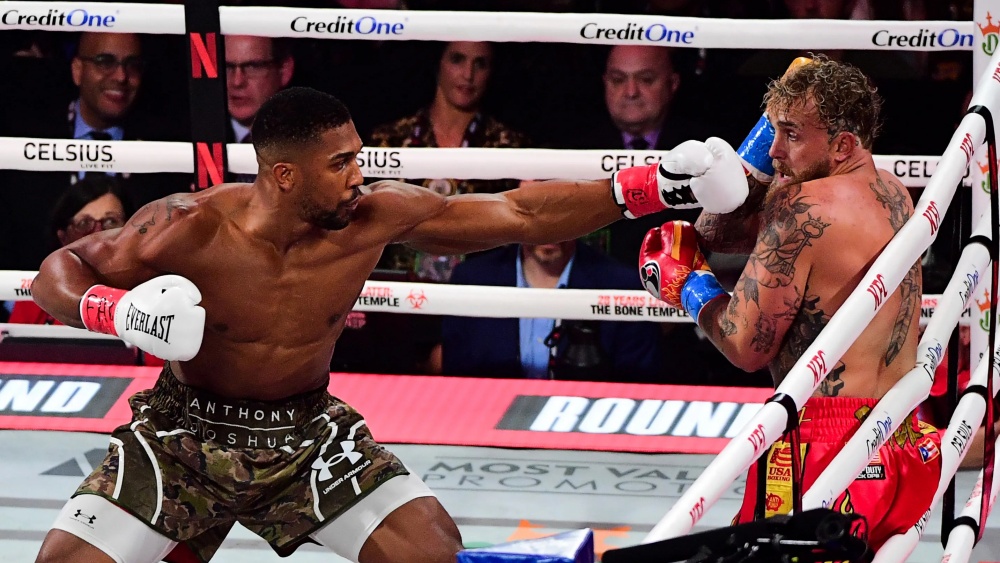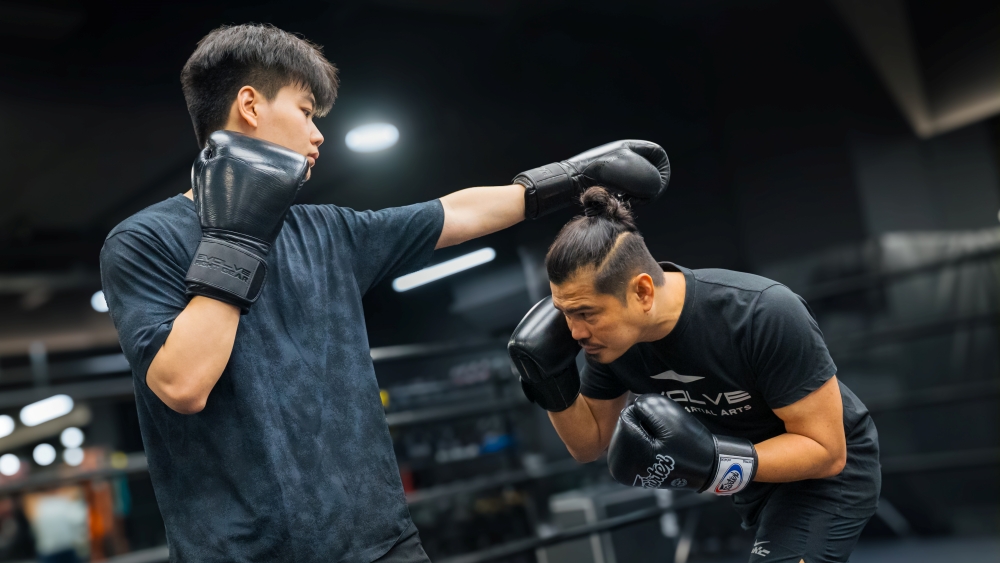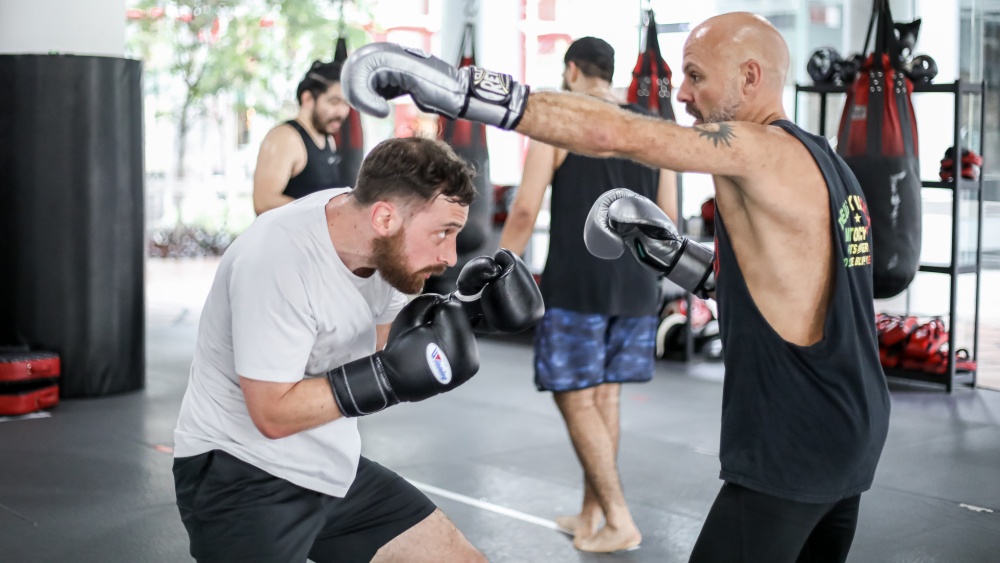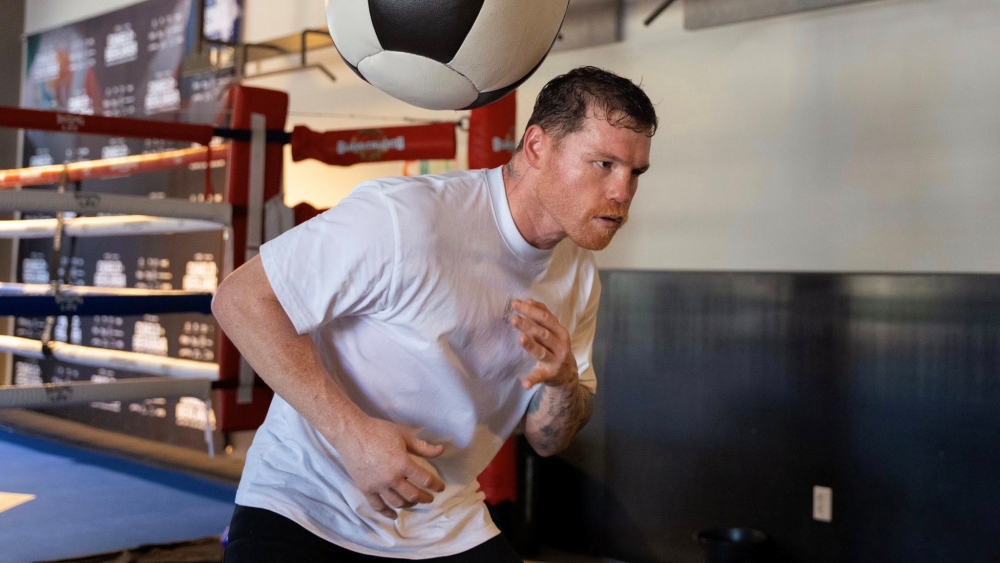Floyd “Money” Mayweather Jr. is widely considered one of the most talented pugilists of the modern era of boxing and among the top 10 all-time greats in history. With a professional career that spans over two decades, Mayweather has amassed an impressive 50-0 record with several wins over legendary world champions of his time.
His unique style is equally as mesmerizing as his time in the sport, combining the eloquent grace of offense with airtight defensive skill. Mayweather is known for his impregnable defense, which has led to a career that has rarely seen him hurt. If the ‘Sweet Science’ is all about hitting while not getting hit, then Mayweather has embodied that philosophy.
Subsequently, as a boxer yourself, there are a few techniques that you can pick up from Mayweather that could prove to be a useful addition to your arsenal. Granted a lot of Mayweather’s techniques require an immense amount of technical expertise, it isn’t anything you can’t achieve with enough practice.
By performing these techniques with enough repetition, you will be able to utilize them effectively and incorporate them into your style. Mayweather is a tremendous boxer, and learning his techniques is well worth the while.
Want to learn some of his moves? Today, Evolve Daily shares five of Floyd Mayweather Jr.’s signature boxing techniques which you can add to your repertoire.
1) Check Hook
The check hook is a single lead hook thrown as an opponent is coming forward with a combination. The objective is to stop opponents dead in their tracks, usually to disrupt their rhythm and prevent any further offensive. It’s used much like a jab would be used, but with more power and with the intent to score a knockout.
While the check hook isn’t exclusive to Mayweather’s style, the brash American boxer has used it to great effect. In fact, Mayweather executed the check hook perfectly in his 2007 knockout victory over England’s Ricky “Hitman” Hatton.
With Hatton’s back against the corner, the Englishman had to fight his way out of it and began lunging forward to throw some haymakers. That’s when Mayweather took a slight step backward and uncorked a well-placed check hook on the jaw, sending Hatton crashing to the canvas.
It’s an ode to Mayweather’s Grand Rapids, Michigan roots, where he first learned how to box under his father and head trainer, Floyd Mayweather Sr.
“I stood back, it’s called the check hook. You learn that shot from the old legendary trainers in Michigan. He ran right into the shot, came straight ahead.”
2) Pull Counter
The pull counter is a technique Mayweather likes to use to hit his opponents cleanly with his powerful right hand. The mechanics of the technique require excellent reflexes and skill to execute, however.
Start off by luring your opponent to commit and throw a punch or combination. What Mayweather typically likes to do is offer his head by lowering his guard. This causes opponents to take the bait and try to attack his head. At this time, Mayweather uses his catlike reflexes to pull his head back slightly to evade the punch, and then use the forward spring back momentum to generate added power for his counter right hand.
It’s a beautiful technique that Mayweather has perfected over the years, and when done right, it’s just an absolute joy to watch. It’s poetry in motion at its finest.
The pull counter is best used sparingly, however, to maintain the element of surprise. Most opponents will not see it coming, thus making the punch highly effective.
3) Block And Counter
Much has been said about Mayweather’s vaunted Philly Shell defense, wherein he uses the entire torso from his shoulders to his forearms to defend and block against opponents’ attacks. But despite Mayweather’s unique defensive skills, he still employs traditional defenses at various times.
One technique he likes to use is the block and counter. This basically involves Mayweather allowing an opponent to finish throwing his combination first, focusing primarily on defense, and then immediately throwing one or two sharp counters immediately after as his opponents are retracting.
With opponents not expecting Mayweather to return fire, that’s when the boxing maestro capitalizes on the opening and lands a handful of clean punches. This also bodes particularly well with the scorecards, as judges award merit for defensive execution, as well as offensive accuracy.
The block and counter is one of Mayweather’s favorite techniques, and he relies on it quite a lot in his fights.
4) Lead Hand
Boxing has traditionally taught to utilize the jab to set up combinations and power punches. Throwing the jab as the lead is then often delegated to a mere secondary weapon. Mayweather in all his boxing wisdom, however, has developed his lead hand into a Swiss Army Knife, offering opponents many different looks.
Timing and unpredictability with this technique are crucial, however, and if done right, it can confuse many opponents and throw them off rhythm.
“Most guys fight in a rhythm. I try not to fight in a rhythm, I try to change it. I try to bounce, sometimes I try to walk,” said Mayweather. “if they don’t know my rhythm, I’m able to throw my right hands.”
There are many ways Mayweather likes to use the jab — as a power jab, as a range-finder, as a set up for combinations, or as a defensive tactic. He also likes to throw in lead hooks and check hooks as well, sometimes in succession.
By doing this, Mayweather’s opponents are always wondering what kind of lead hand Mayweather will throw next, and it’s very hard to anticipate and predict.
“I may throw a flicking jab, any kind of jab, then come quick with the right hand.”
5) Shoulder Roll
Last but certainly not the least is Mayweather’s infamous shoulder roll defense. Mayweather’s shoulders are large and bulbous. They are big enough to cover his chin which he likes to tuck underneath. But more than a mere shield, Mayweather actually uses his shoulder to pick off an opponent’s punches.
Most of Mayweather’s success has stemmed from the perfection of his defensive tactics. The shoulder roll is a huge element of that. Mayweather likes to stand in the pocket, allowing an opponent to tee off while he moves his torso forward and back, and side to side. He uses his lead shoulder and arm to block and parry punches while countering with the right hand.
It takes a lot of practice to be able to use the shoulder roll effectively, and it certainly isn’t a technique suited for everyone. But if you’d like to give it a try, practice with a sparring partner first until you can better anticipate punches coming in. Remember that having great reflexes is key, and reaction times are very short.
You may also like:
